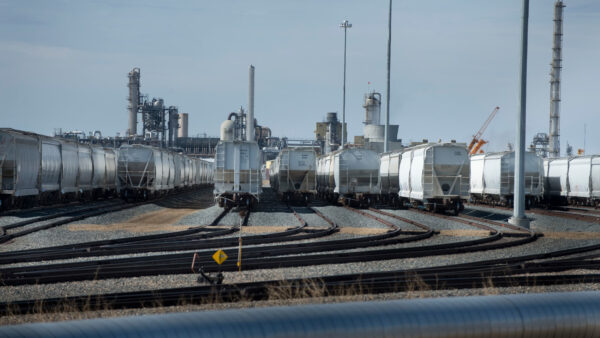Skanska has signed a collaboration agreement with Loughborough University to accelerate the development of 3D printing in construction.Â
The agreement will allow Skanska to use the university’s version of the printing technology on live projects.Â
A team at Loughborough has pioneered the use of concrete printers composed of a gantry and a robotic arm, and this is now in its second-generation form.Â
Skanska aims to be able to use printed concrete products on sites within 18 months. The contractor is also collaborating with a number of other firms, including architect Foster + Partners, specialist Buchan Concrete, electrical engineer ABB and materials producer Lafarge Tarmac.Â
The printer works by laying down thin layers of concrete until an entire object is created. In this way, it can make things that cannot be manufactured by conventional processes, such as complex structural components and curved cladding panels.Â
Rob Francis, Skanska’s director of innovation and business improvement, said: “Three dimensional concrete printing, when combined with a type of mobile prefabrication centre, has the potential to reduce the time needed to create complex elements of buildings from weeks to hours. We expect to achieve a level of quality and efficiency that has never been seen before in construction.”Â
Richard Buswell, a senior lecturer at the Building Energy Research Group at Loughborough University, said: “The modern construction industry is becoming more and more demanding in terms of design and construction. We have reached a point where new developments in construction manufacturing are required to meet the new challenges and our research has sought to respond to that challenge.Â
“We have been convinced of the 3D concrete printer’s viability in the lab, but it now needs the industry to adapt the technology to service real applications in construction and architecture.”Â
Researchers in Spain have recently put forward the idea of wall-climbing mini-bots for use in 3D construction. Consulting engineer Arup has found a way of 3D-printing steel nodes for use in complex structures.










